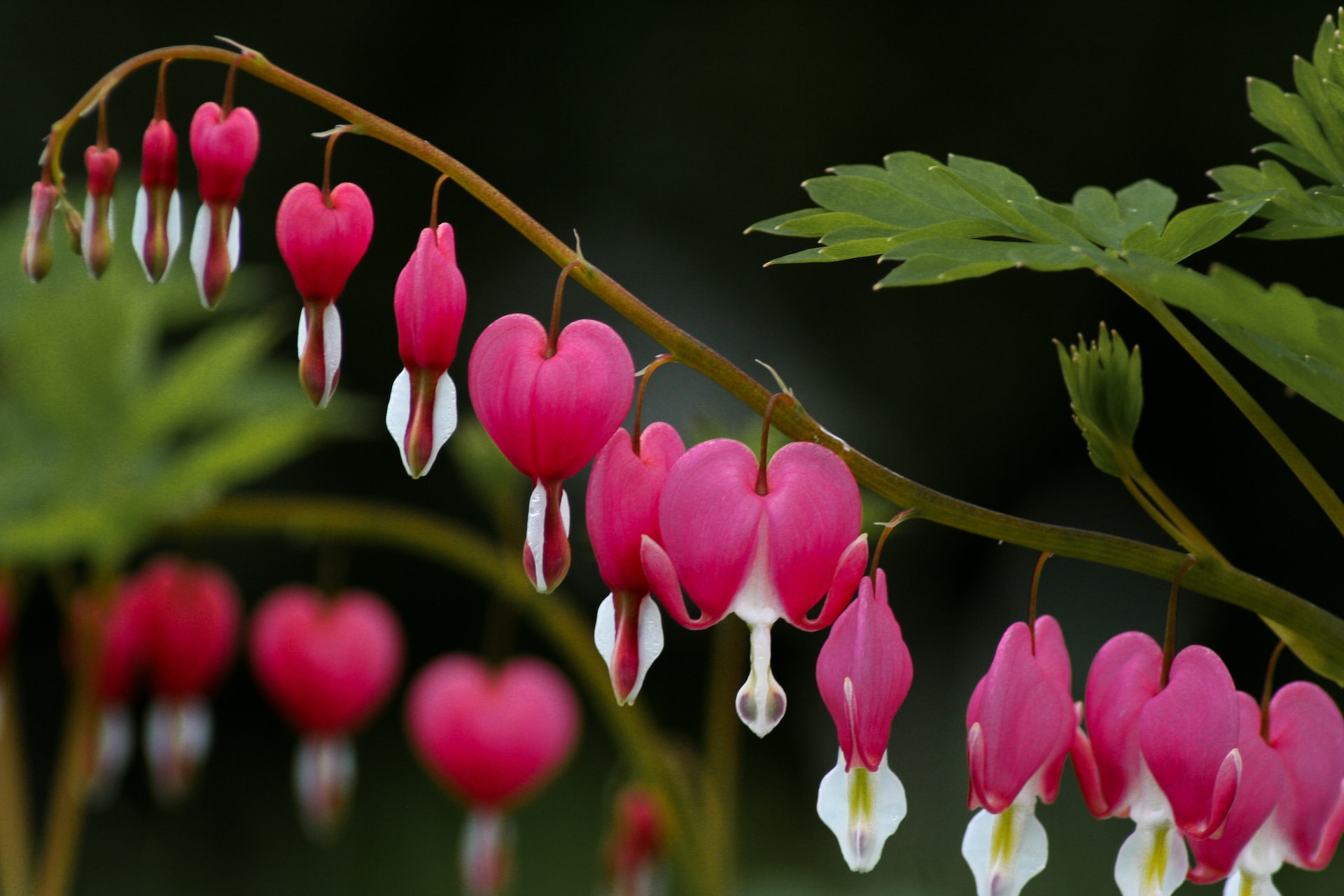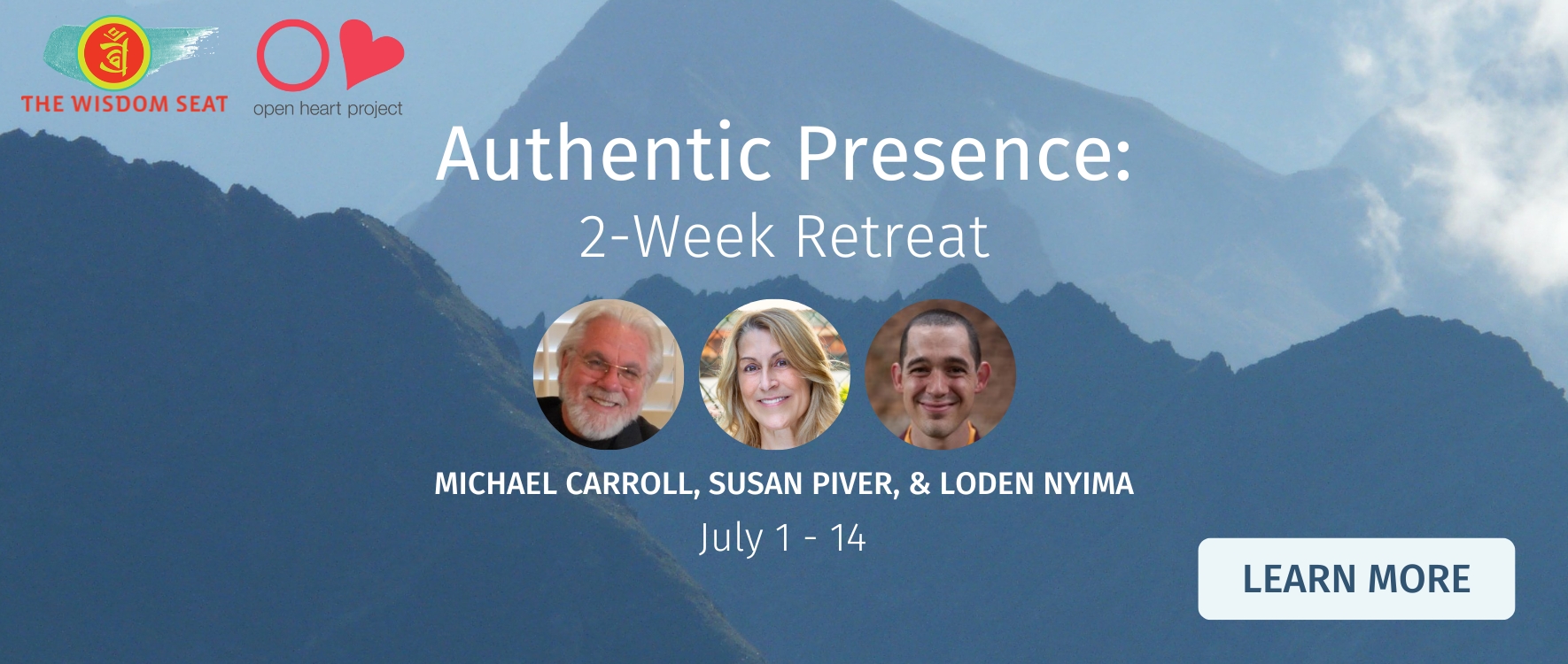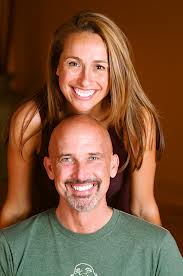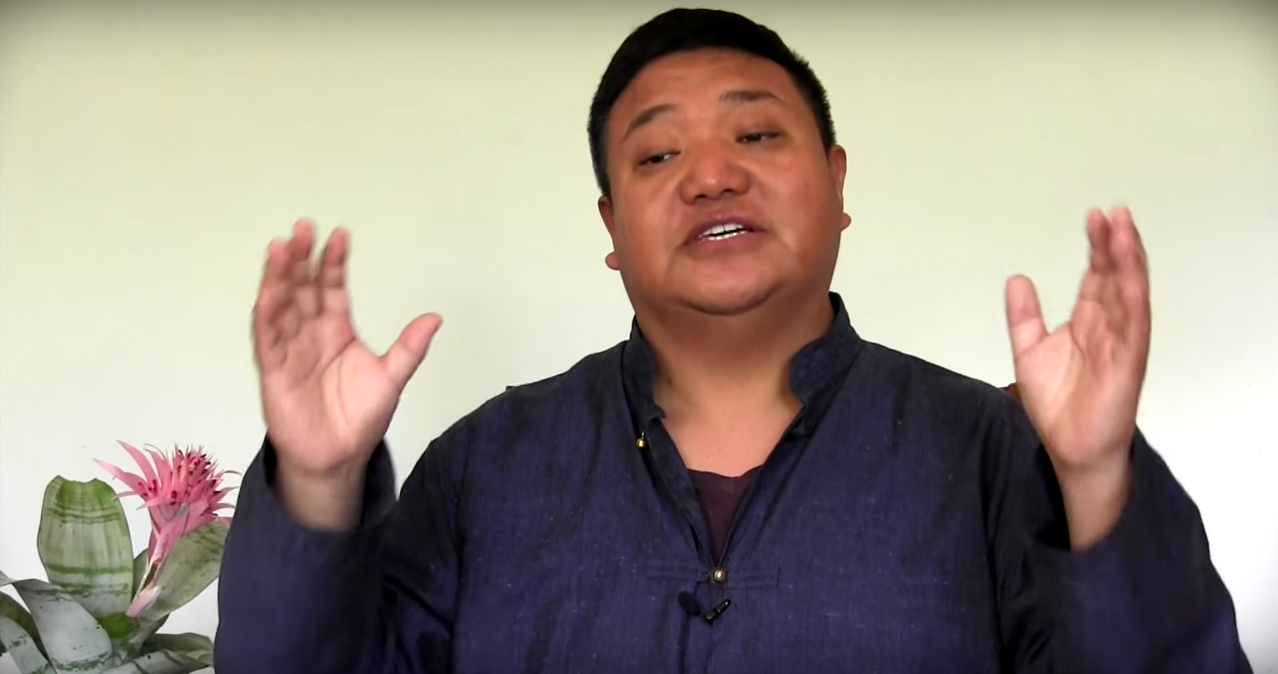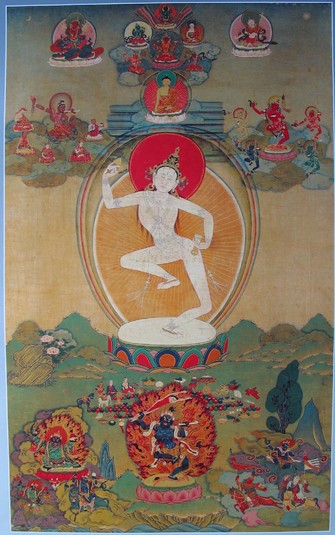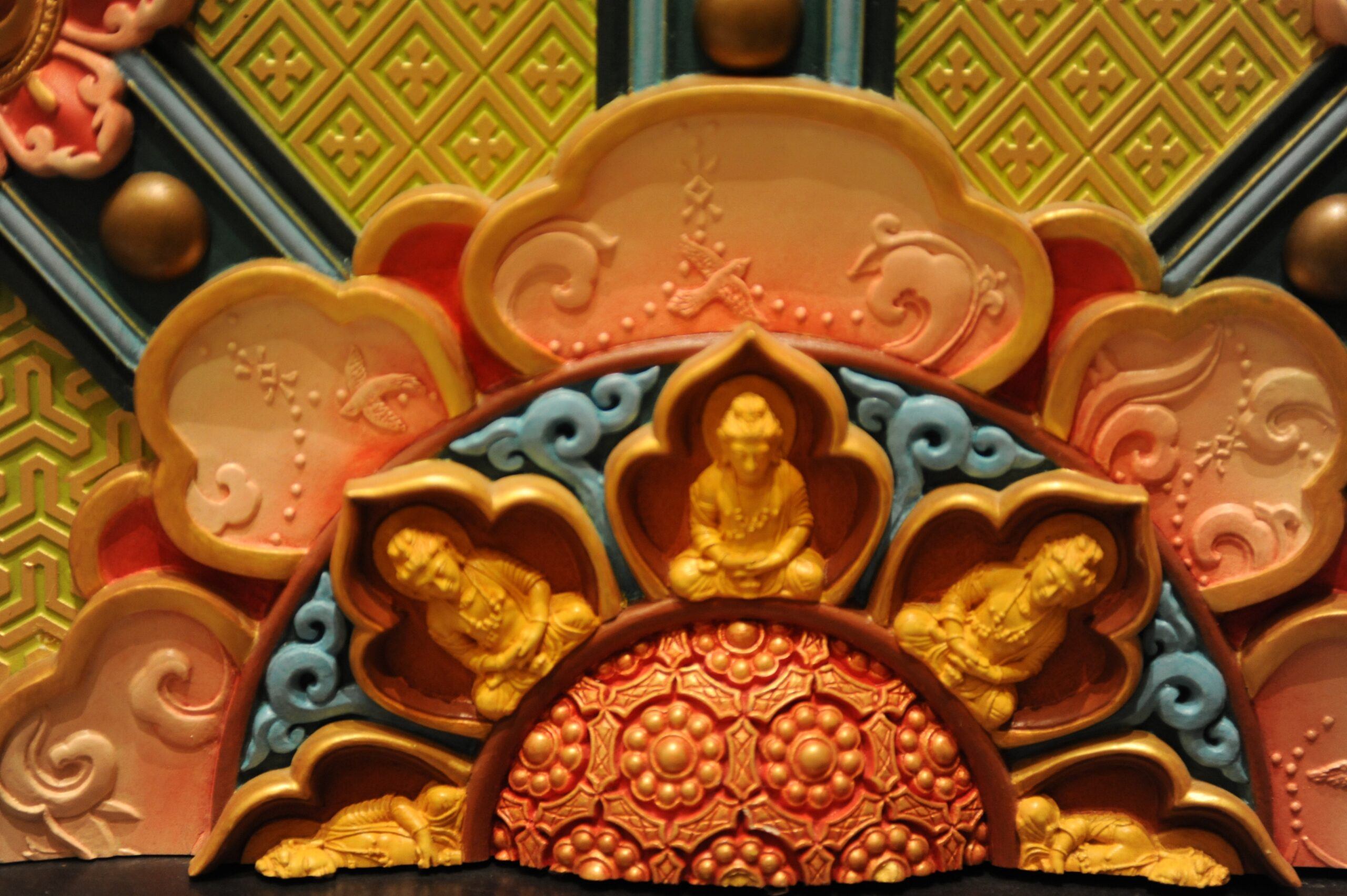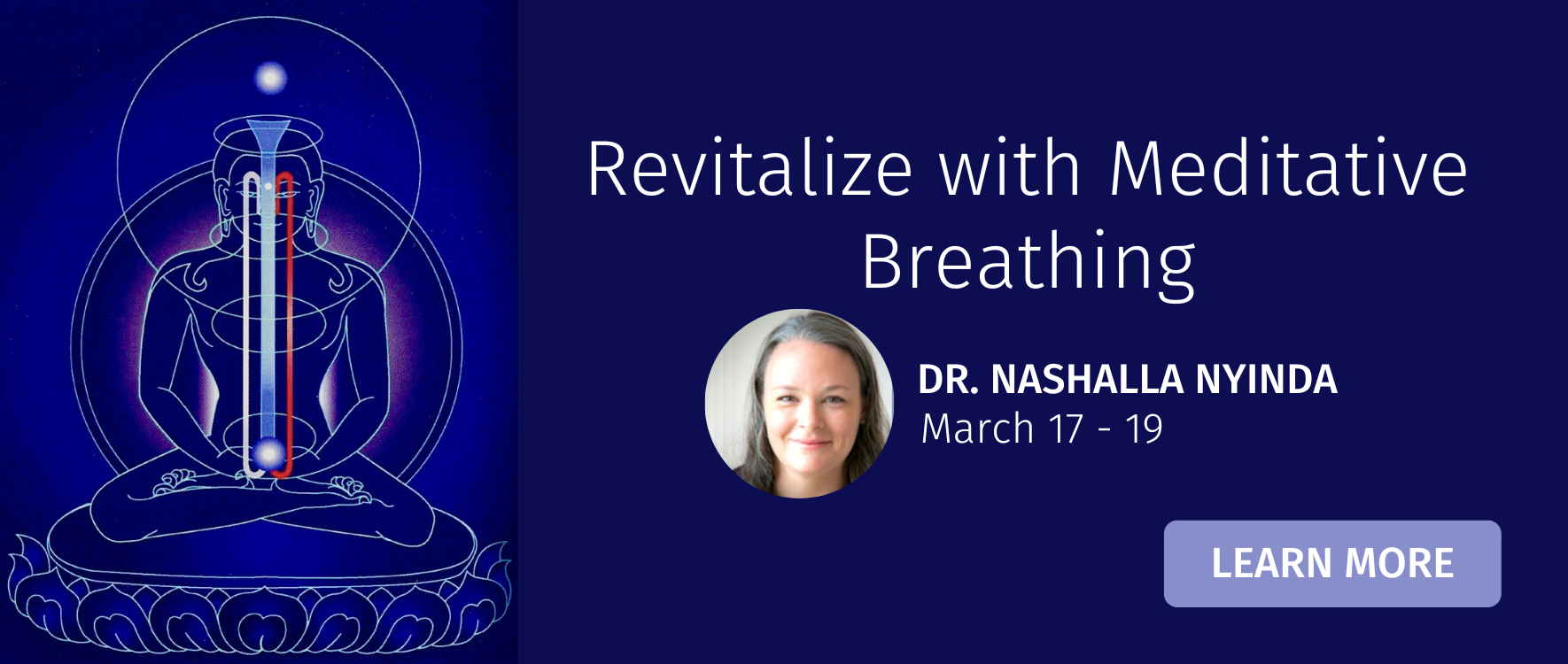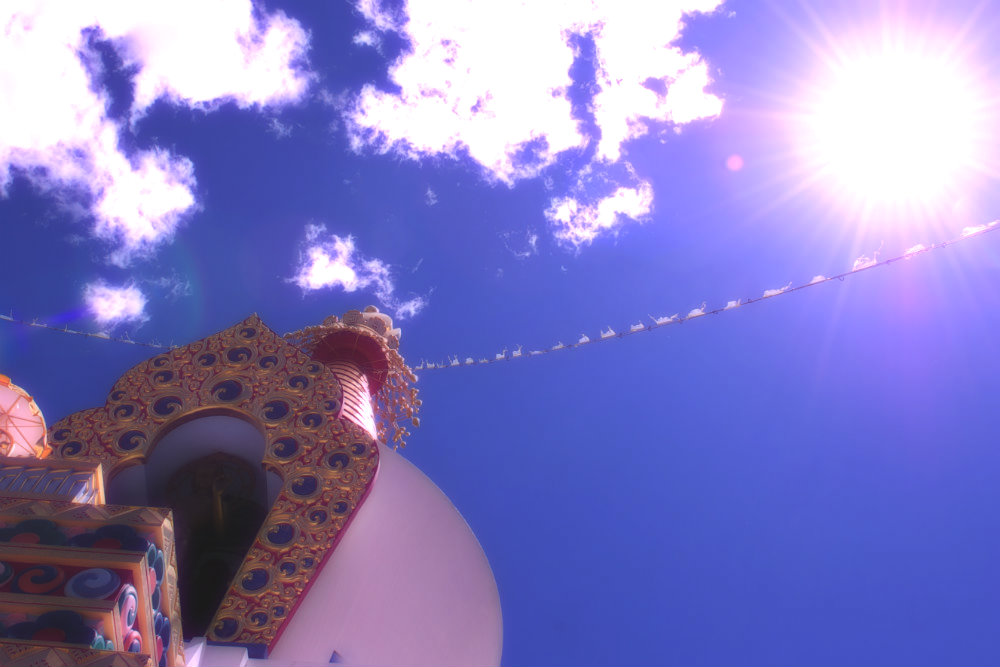3 WAYS BUDDHISM CAN HELP YOU HEAL A BROKEN HEART
By Susan Piver
Nothing feels worse than a broken heart, the kind you get when someone you love ends the relationship. Feelings of shame, remorse, grief, rage, and terror can overwhelm even the most stable human being. Heartbreak has the power to reframe a workable life as a disaster.
Perhaps surprisingly, Buddhism has a tremendous amount of helpful advice for working with these seemingly insurmountable emotions. It takes an approach that is quite different than what is suggested in the usual advice books, which basically fall into one of two categories:
The first category is called “You Go Girl!!” (Sorry guys, all the books are aimed at women.) This kind of book suggests that you need to up the cocktails:sobbing ratio, go out with friends who will assure you that you were just too awesome for them, invest in more “me” time, and cry on as many shoulders as possible, your troubles will melt away.
I don’t think this is bad advice. Hey! You are awesome! You have great friends who remind you how to have fun! It’s great to pay attention to yourself! This is all cool. It won’t, however, do much to alleviate the pain, beyond stuffing it for a few hours.
The second category is called “There is something very, very wrong with you and you made this happen.” This is the kind of book that says you brought this heartbreak on yourself by carrying forward unhealed wounds from childhood or by thinking the wrong thoughts. I kind of hate this. Of course it’s really, really important to heal your wounds and to examine your thoughts to see if they might be sabotaging you—but when the intention for doing so is to avoid pain rather than to increase your capacity to love, it is unlikely to heal you. This kind of advice is often out to convince you that you can make love safe.
Love can never be made safe. It is the opposite of safe. The moment you try to make it safe, it ceases to be love.
Love is predicated on receptivity, on opening up again and again and again to your beloved. To do this, a continual letting go is required and when it comes to our greatest vulnerability (love), the last thing we want to do is give up the protection of our ideas about love.
Most often, the efforts to heal a broken heart center around putting it behind you and recreating the illusion of safety. Buddhism counsels something else, something best said by the Buddhist teacher Pema Chodron: “Feel the feelings. Drop the story.” That is the pith advice and it means turning toward what you feel, not away. It means letting the feelings be just what they are without trying to explain them, shore yourself up, or excuse or blame anyone.
This is called being a warrior. The more you allow feelings to burn clean in this way, the less confusion you create for yourself and others.
I have three suggestions for figuring out how to accomplish this very mysterious feat of feeling without attaching a narrative as to what it might, could, should, or dare not mean.
- Develop a non-judgmental relationship with your mind. This is best done through the practice of meditation. When you’re under the sway of strong emotion, you come into contact with a state of being that I like to call Insane Obsessive Thinking. If only, I should have, what I really meant was, how dare they, I am a loser, you are a loser, love stinks… On and on and on. It’s really quite painful. Without addressing a mind run amuck, the chances of skillfully working with your feelings is kind of limited. So I suggest introducing a note of discipline to your everyday life, by spending some time every day, not squashing your icky thoughts and promoting your good ones, but simply watching your mind in a relaxed way—you will see that, no matter how wild it gets, you can remain steady. This is what meditation teaches you how to do.
- Stabilize your heart in the open state. When you regain some sense of agency in your own mind, naturally your attention will turn toward that raging, screaming, searing thing in the middle of your chest—your heart.One way to look at heartbreak is as love unbound from an object. Freed, it careens and ricochets and crashes into walls. Your capacity and longing for love is enormous and when you lose it, this is what you discover. You had no idea you could feel this raw, vulnerable, open. It is this openness that is actually precious.Buddhism does not counsel closing back up. Instead, in recognition that this openness is the ground of loving kindness, compassion, and the ability to connect deeply, it suggests you leave it broken and seek to stabilize it in the open state. Yes, leave it broken.
The way to do this and not walk around sobbing all the time is through the practice of Loving Kindness meditation. In this way, you begin to shift your search for love a tiny bit, away from “I want to find someone to love me” and toward “I want to find a way to give love.” With this nuanced transition, the whole world changes.
When most people say they are looking for love, what they mean is they are looking for someone to love them, and then they will return it. But you can turn this equation on its head entirely and have love in your life every single day by choosing to give it. This, by the way—giving love to others—is the secret, guaranteed, no fail way to heal your broken heart. Don’t take my word for that. Try it for yourself and see.
- View your whole life as path. With a sense of clarity in your mind and stability in your heart, the third stage becomes something altogether different. There is no practice associated with this one. With mental clarity and emotional stability comes the ability to see your entire life as path. You have created the foundation for an entirely authentic life, one full of joy and sorrow, meetings and partings, giving and taking, and deep meaning. The dark power of heartbreak has led you there.With this openness, you see that your life is telling a story. I have no idea what it is and you may not either. But trust me, your life has a life of its own and the violence of heartbreak has the power to shatter all illusions about who you thought you were and reintroduce you instead to who you really are. This is an extremely powerful situation.With a broken heart, you see how vast your longing for love is and how impossible it is to make love safe. It’s just not possible. So what do you do with these two truths? This is your path. No one can tell you how to reconcile them. The place to begin is by paying attention, cultivating agenda-less awareness of yourself, others, and of the flow of life. When you do so, you start to notice that every single day, you are continuously cycling in and out of moments of falling in love and having your heart broken. Both are always present, shifting toward you and away, each one a tiny lesson on how to be fully alive.
Immerse Yourself in Practice with Susan Piver, Michael Carroll, and Loden Nyima this July!
In this short video, Michael, Susan and Loden share their experiences of going on a longer retreat. Wonder if you’re ready? Have a listen!
About Susan Piver

Susan has been a practicing Buddhist since 1993 and graduated from a Buddhist seminary in 2004. She is an internationally acclaimed meditation teacher, known for her ability to translate ancient practices into modern life. Her work has been featured on the Oprah show, TODAY, CNN, and in the New York Times, Wall Street Journal and others.
In 2013, she launched the Open Heart Project, the largest virtual mindfulness community in the world with 20,000 members.
Featured Photo by Alli Remler on Unsplash

